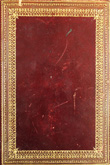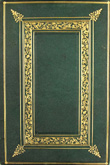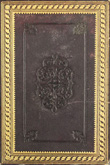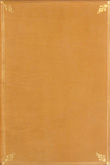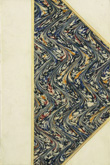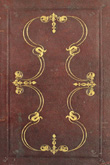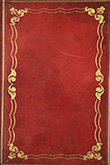Leather Bound Books of the Early Victorian Period
At the beginning of the 19th century the old method of printing and binding books remained virtually unchanged since the invention of printing in the 15th century. Until the early 1820s books were not sold ready-bound; rather as loose sheets, sometimes in paper covers, allowing them to be easily transported and bound according to the purchaser’s wishes.
The equipment required by the book binder was relatively simple; a bone folder for folding printed sheets, a needle and thread for sewing the gatherings (page sections); glue and paste; a backing hammer; various boards for shaping and pressing the book; a plough (for cutting book edges); and a variety of presses used to stabilise the book throughout the numerous binding and finishing processes.
A bookbinder of the early 19th century would sew the gatherings together to form the text-block which, in turn, was laced onto boards and then covered entirely (full binding) or partially over its spine and corners (half binding) with leather – usually goatskin (morocco) with its definite grain or calf with its smooth surface. A brazier would then be used to heat the letters, as well as the brass rolls and fillets which were used to create the gold-leaf titles and decorative gilt patterns on the cover and spine.
The books in this cabinet represent some of the finest examples of hand bookbinding using calf and goatskin, each one an exhibition in itself of its binder’s artistic talent and skill at precision gold-tooling.

